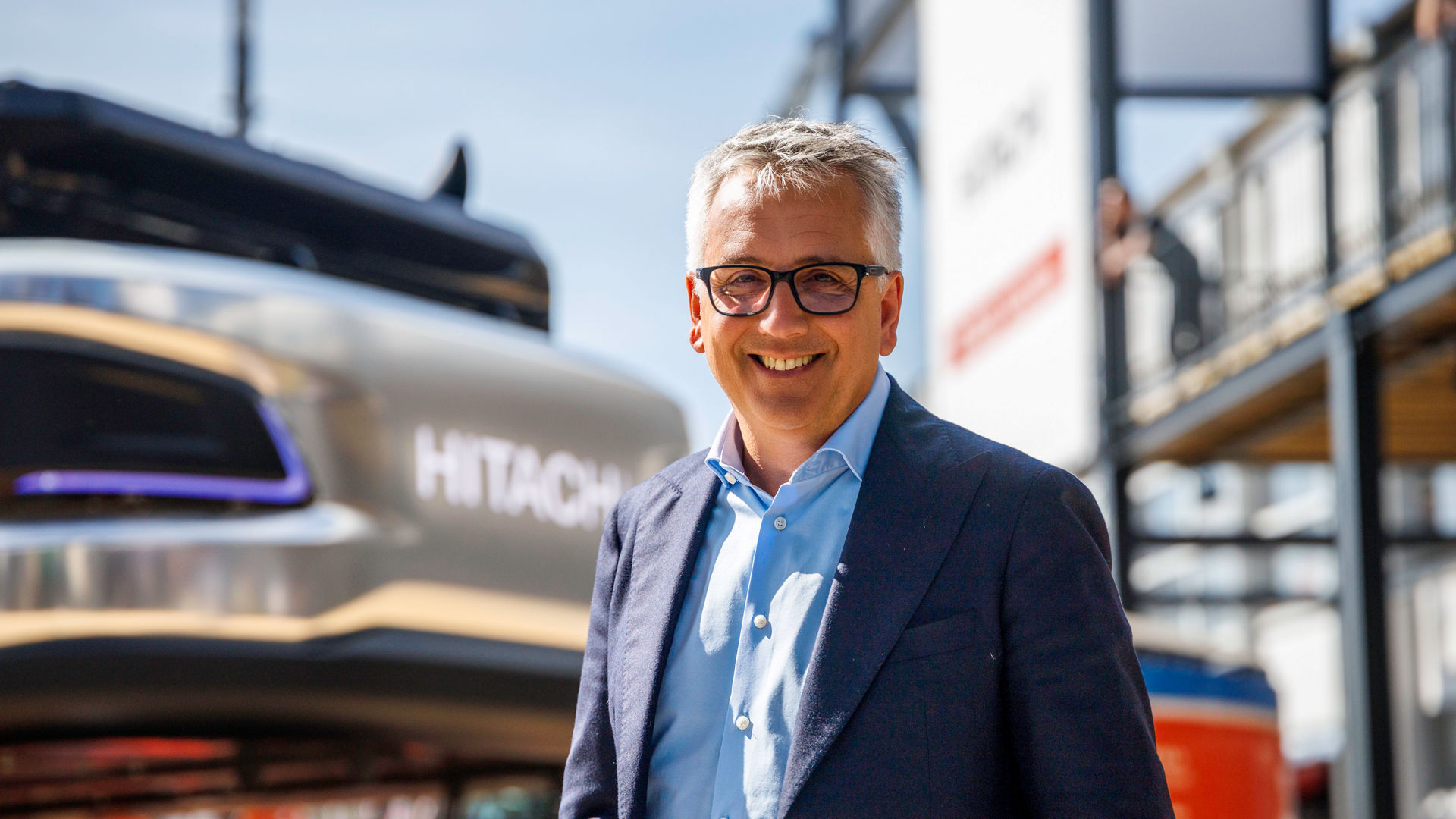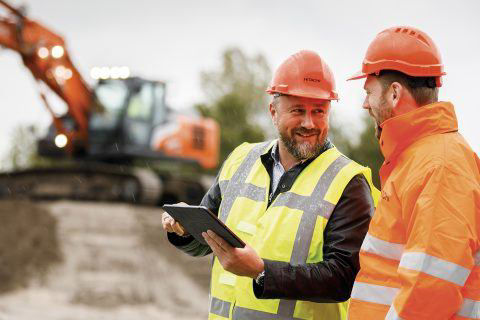Why embracing technology is essential for the construction industry

Drawing on his experience from more digitally mature sectors, he argues that embracing intelligent systems is no longer optional but essential. That means rethinking how machines are designed, operated and supported in the field – particularly as labour challenges and project complexities intensify.
“I can see space for making customers' lives easier, simplifying complex operations,” he says. “Today, we rely on the skills of operators, but I don't think that's possible in the future. Therefore, we’ll have to develop AI tools, or guidance tools, or preconfigured programmes to help operators of all skill levels to operate our machines.”
This reflects a broader trend within construction equipment manufacturing: building machines that are not just robust but intuitive. With skilled labour shortages becoming a defining issue across global construction markets, solutions that allow less experienced operators to deliver consistent, high-quality work are gaining traction. OEMs like Hitachi are now investing in smart guidance systems that do more than automate – they augment human capability.
The evolution of machine guidance
“In terms of machine guidance, I’m very optimistic about the possibility that connected machines can guide themselves,” says Francesco. “When you move from 2D to 3D, I think that is going to be only the beginning.”
While the transition from analogue to digital may be gradual, Francesco is keen to point out that automation in construction is no longer speculative. “We already have autonomous machines – not only electric gear running outside, but tangible, operational equipment. That technology is already there.”
However, there are limits. “Autonomy is not a silver bullet. It works where you have repetitive, controlled, “boring” tasks – like when you’re on the motorway: you click it, and the car drives itself because it’s safe. You would not use your autonomous car at 30mph in a town centre – because you can’t predict what’s coming.”
He argues that autonomous construction technologies are best suited to repetitive tasks and controlled environments such as mining, where variables can be minimised and safety tightly regulated. In contrast, civil construction presents a vastly more complex landscape.

“So, where the environment is more like a highway, then autonomy can be a solution. Otherwise, you still need both digital eyes and the physical eyes of operators who can control the environment. Especially in general construction. In mining, it’s easier, because it’s a closed environment. For safety, you can almost industrialise the operations,” he explains.
While machines are increasingly capable of guiding, monitoring and even self-correcting, human judgement still plays an indispensable role – particularly in unpredictable or high-stakes environments.
“But in construction, I see a lot of potential for cameras integrated with intelligent control boxes that suppliers will be able to provide,” he says. “There will be many digital assistants available to customers. For example, in situations where piping is involved, or where there’s a risk of cutting into water lines.”
He envisions a future in which construction sites are inherently safer, less reliant on operator vigilance and more on machine intelligence to anticipate and avoid risk. “What matters is that technology becomes our safety partner, not just our tool.”
Empowering workers
This ambition sits within a broader ethos of empowerment, not replacement. The role of technology is not to displace workers, but to make them exponentially more productive.
“I see a boost in human productivity,” he says. “For example, I’ve been in this industry for one year, coming from agriculture – an industry where technology is already way ahead. In the early stages of technology adoption [in agriculture], when people were still picking cotton by hand, some people were saying, ‘Tractors will create a lot of unemployment.’ Well, those tractors enabled us to produce more food – food we’d never have been able to grow otherwise – and feed people we couldn’t have fed without them.”
Technology, he says, is a multiplier not a subtractor. “I don't think human beings are replaceable. I use AI, not because I’m lazy or want it to do everything for me, but for structure, as a source of information, valuable stuff. I still apply my own mind, judgement and expertise.”
And while machine learning can mimic data processing at lightning speed, it lacks the nuance of human empathy – a critical component in all customer-facing parts of the construction supply chain.
“AI will never have the human touch,” says Francesco. “Today, if you're a customer and you call a support line, and a bot answers, you probably hang up because you hate that experience. But if you call and a person answers, someone who reads information from maybe an AI assistant, then that person can understand what’s going on. The AI might suggest something, but it’s the person who can interpret the situation, the tone of voice, whether the customer is upset or calm, whether there’s space to de-escalate or if it's critical.”
A clear vision for the industry’s future
The broader Hitachi vision places customer value, human dignity, and practical innovation at its core. For an industry grappling with ageing workforces, skills shortages, and mounting safety and sustainability pressures, such clarity is essential.
With leadership grounded in experience and ambition tempered by realism, HCME’s President is placing a bold bet on a future where machines do more, humans are empowered, not replaced, and the industry becomes smarter, safer, and more sustainable.
This article is based on an interview published by Construction Europe in June 2025.
Why stop reading now? Others liked:

Subscribe
Keep up to date with the latest news from Hitachi Construction Machinery (Europe) NV (HCME).



